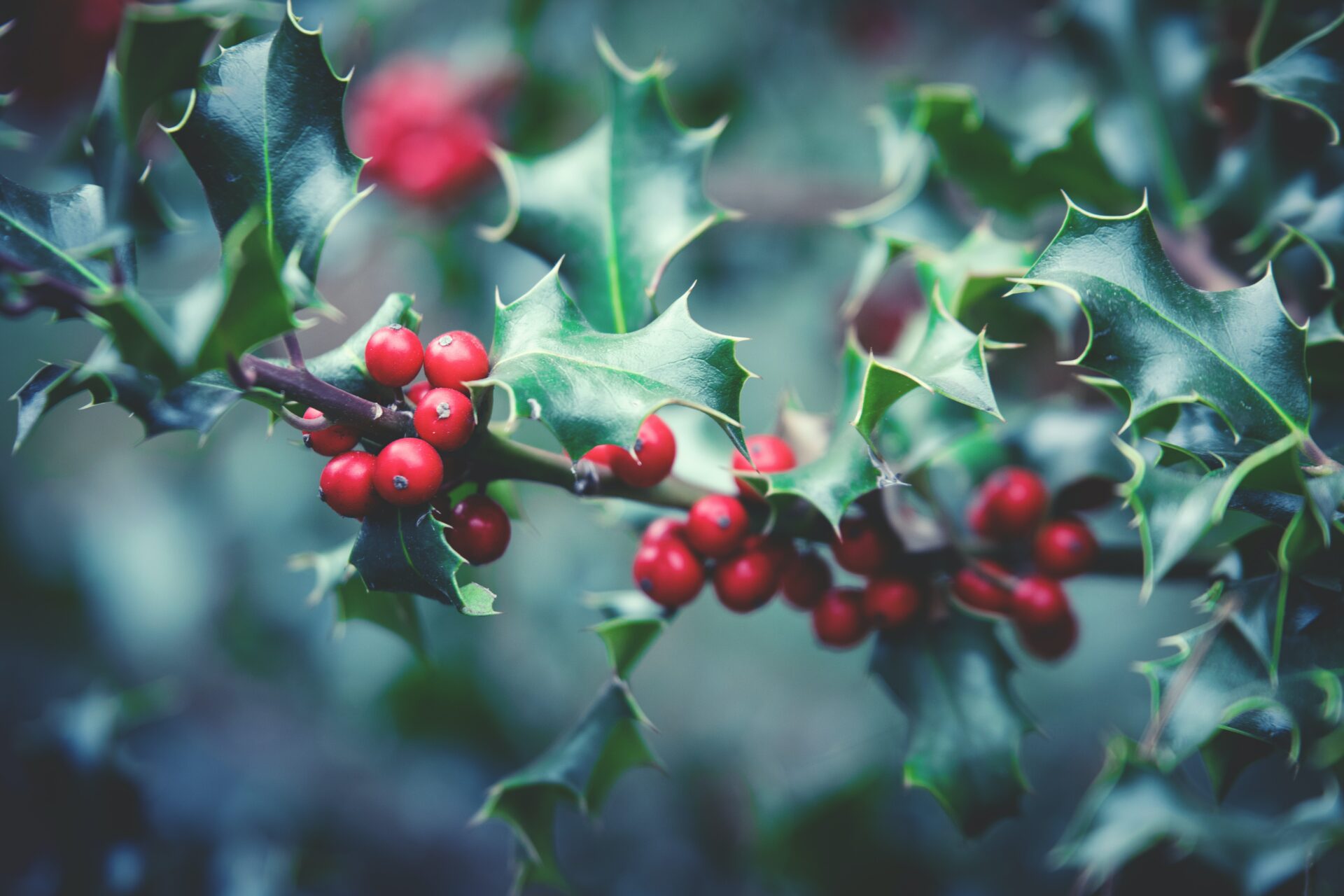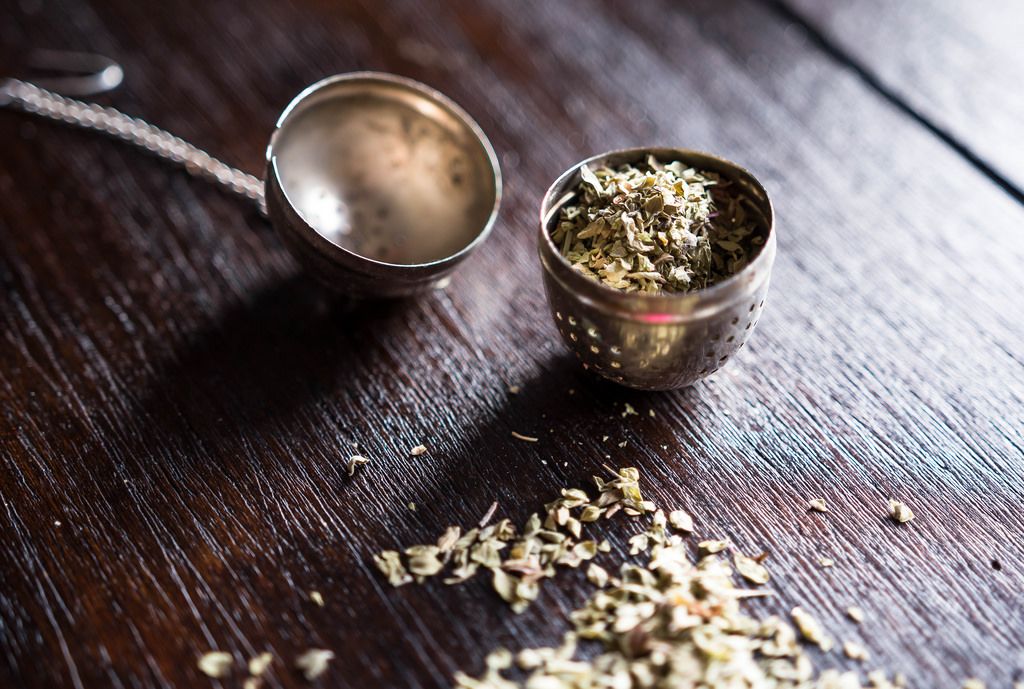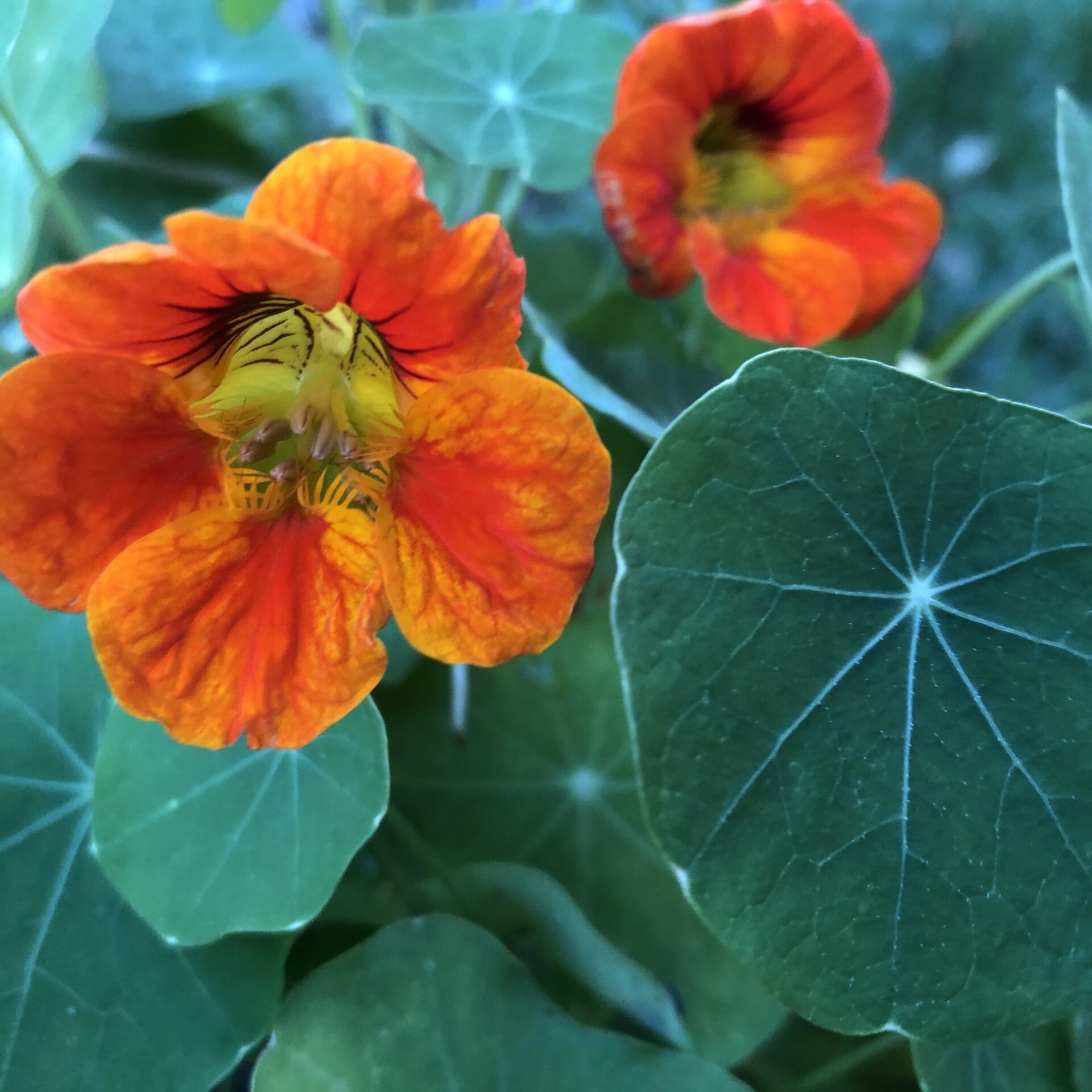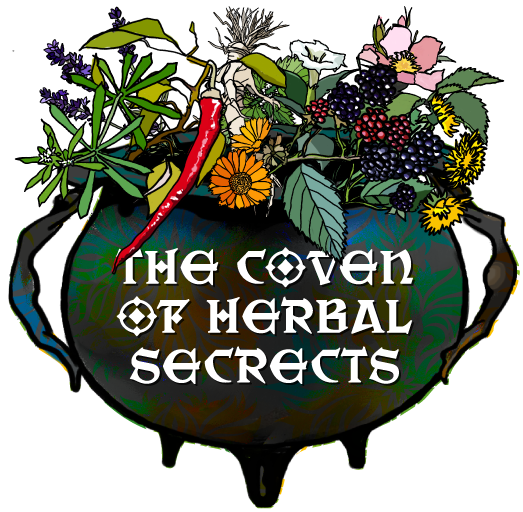In the heart of ancient European folklore lies Ilex aquifolium. Known commonly as the English holly, this evergreen plant boasts a rich history and a set of constituents that contribute to its revered status, which includes the healing of holly.
Abundant and adorned in jewel colours, the Holly holds hope for us. As winter strips the natural world to its bare bones, Holly stands tall and luscious in full regalia. The sight of Holly offers succour for our souls during the darker days, the shine of the leaves reflecting precious light. Their evergreen nature is a stalwart presence, and Holly gives generously, as choice sustenance and shelter for birds, small critters and livestock. It is said that a harsh winter could be predicted by how prolific the Holly berries are, as the Goddess would ensure to provide for the birds.
Holly Legends and Lore
Holly has long been associated with Yule. The Holly King is said to rule the Earth from mid-summer (Summer Solstice) to mid-winter (Winter Solstice). Sometimes called “the God of the Waning year,” Holly’s half of the year is a time for stillness and rest, a time of reflection.
Holly is a scared tree within Celtic and Norse mythology. The 8th tree in the Celtic Ogham, Holly represents goodwill, restored balance, unconditional love and peace. Associated with the God of thunder, Thor, Holly trees would be planted near houses protect from lightning. Scientists have since discovered that the spines of Holly leaves can act as lightening conductors, protecting both the plant and nearby objects from lightening strike!
Holly was planted, gifted and brought into the home as a means of protection from malevolent forces. Babies were bathed in water of the Holly, that had been left to infuse by moonlight.
Medicinal Properties of Holly
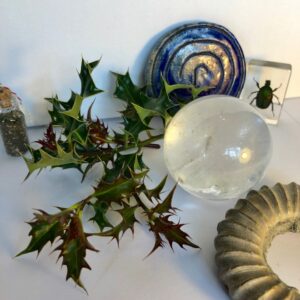 Within herbal medicine, Holly is rarely employed. Mrs. Grieve (writing in the early 1900s) states that an infusion of Holly leaves were “formerly” used as a diaphoretic (inducing perspiration) for treatment of smallpox, pleurisy and catarrh. She goes on to say that Holly leaves have been used in intermittent fevers and rheumatism and juice of the fresh leaves for jaundice.
Within herbal medicine, Holly is rarely employed. Mrs. Grieve (writing in the early 1900s) states that an infusion of Holly leaves were “formerly” used as a diaphoretic (inducing perspiration) for treatment of smallpox, pleurisy and catarrh. She goes on to say that Holly leaves have been used in intermittent fevers and rheumatism and juice of the fresh leaves for jaundice.
As baby herbalists living in an area with prolifically growing holly we choose to explore creating a tincture in the summer months with the new growth soft and vibrant leaves. Using Vodka a clear spirit to pour over a glass jar packed full of said holly leaves, we watched the tincture turn a deep caramel honey tone and after a luna cycle (full moon to full moon) we strained and tasted the complex flavours of the potion – every drop invoked a sense of Christmas, sweet, caramel, opening complex spicy notes and even a taste of whiskey was found in the liquid! And the effects were profound on respiratory tissue helping to take deeper breaths and sense an uplifting action.
The leaves of Ilex aquifolium contain alkaloids, saponins, and flavonoids, contributing to potent medicinal properties. The alkaloids, in particular the theobromine contained in the holly leaves, captured our attention, as we know this compound can induce a shift in perception, deepening connection with self, others and the spiritual realm.
We draw a parallel to chocolate, cacao, Theobroma cacao, as both share this alkaloid theobromine which is known to stimulate the central nervous system. Theobromine, in been brings feelings of euphoria and heightened awareness, echoing the mystical attributes associated with sacred plants across cultures.
The ceremonial use of cacao by ancient Mesoamerican civilizations, such as the Aztecs and Mayans, has become popularised here in Europe, and many people practice and attend these gatherings all over the UK, We have been inviting Holly into our ceremonies in a similar way and feel heart opening medicine from this mightily protective tree.
You might have heard of Yerba Mate, the traditional South American drink made from the leaves of a cousin of our Native European Holly the Ilex paraguariensis tree. This evergreen holly species, much like our Holly, is revered for cultural and medicinal significance. Rich in xanthines, yerba mate leaves contain caffeine, theobromine, and theophylline, fostering a gentle yet invigorating stimulant effect. In South American cultures, yerba mate is often shared during communal gatherings, fostering a sense of connection and spiritual unity.
Gifts from Holly
Holly has substance and structure; their distinctive leaves are sturdy and strong. Often found at boundaries, in hedgerows and perimeters.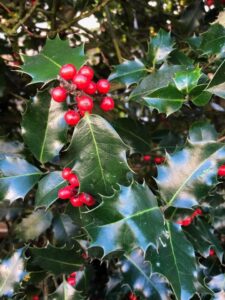 Holding space in these places, offering very real protection and definition. Their distinctive prickly leaves, only take on this shape in response to being hurt or attacked. Holly boughs are long, wide reaching, flexible. Holly proliferates through suckers underground as well as by seed parcels dropped by the birds that have nourished themselves on the berries (or to be accurate, the drupes).
Holding space in these places, offering very real protection and definition. Their distinctive prickly leaves, only take on this shape in response to being hurt or attacked. Holly boughs are long, wide reaching, flexible. Holly proliferates through suckers underground as well as by seed parcels dropped by the birds that have nourished themselves on the berries (or to be accurate, the drupes).
The ‘doctrine of signatures’ is a type of language. One that the natural world uses to communicate with us through visual cues, and offers a way for us to connect with and learn from the plants and fungi directly. Holly is a perfect and profound example of this, as elucidated through Dr Bach’s remedy system. Dr Edward Bach, formulated his flower essences during the 1920s &1930s. Of Holly, Dr Bach said:
“For those who sometimes are attacked by thoughts of such kind as jealousy, envy, revenge, suspicion. For the different forms of vexation. Within themselves, they may suffer much, often when there is no real cause for their unhappiness.”
– The Twelve Healers and Other Remedies
Holly flower essence is typically turned to when ministering to feelings of hatred, anger and deeply negative emotions involving an other*.
Personal boundaries allow us to relate to each other with understanding and consideration. They allow us to know ourselves and each other, to know what is ours to carry and what is not. Feelings of hatred and anger easily arise when our boundaries are breached.
When we observe how and where Holly grows, the way they move, the ways they interact with their environment and with others, we can begin to draw parallels to their medicine.
The Bach Centre says of the remedy, “The basic problem in a Holly state is an absence of love, and the remedy works to encourage our generosity of spirit and an openness towards others.”
This description calls to mind ‘the season of goodwill’, wintertime, the season we associate with the Holly. A time when we actively practice generosity and openness, expressing love through sharing time and food (and gifts).

